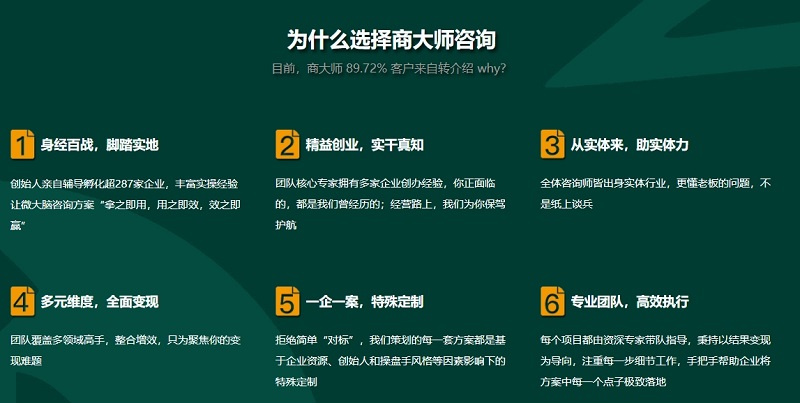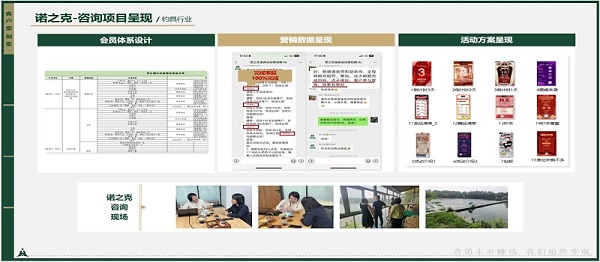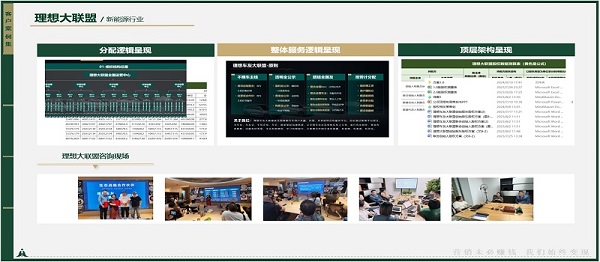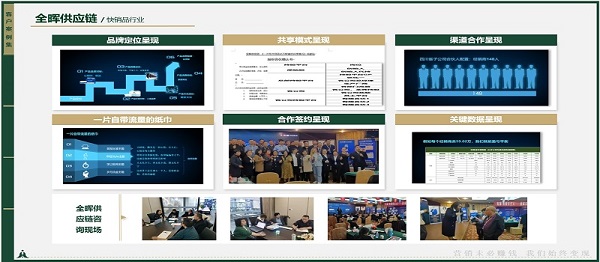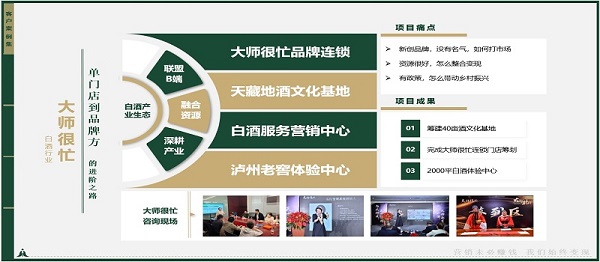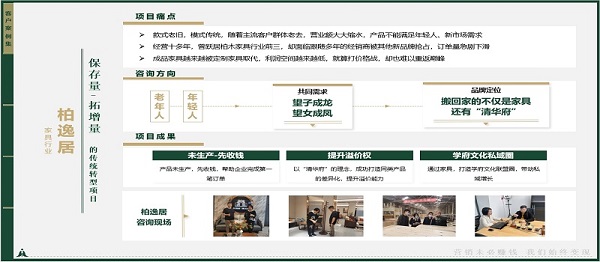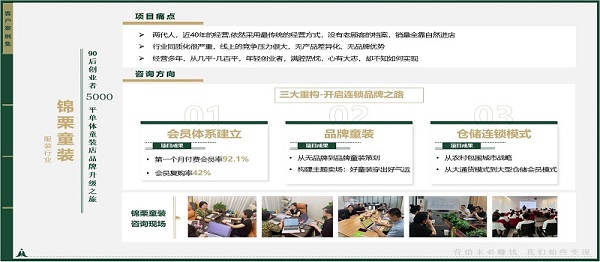品牌战略的核心构成
Brand strategy is a systematic plan that helps enterprises establish unique competitive advantages in the market. It includes multiple key components that work together to shape brand value and market positioning. The following are the core elements of brand strategy.

品牌定位
Brand positioning is the foundation of brand strategy. It defines the target audience, core value propositions, and differentiation from competitors through market research and consumer insights. For example, Tesla positions itself as a leader in sustainable technology, distinguishing itself from traditional automotive brands.
品牌形象设计
Brand image encompasses visual identity (such as logos and colors), tone of voice, and emotional connections. consistent brand image enhances recognition and trust. Apple's minimalist design and innovative narrative are typical examples of this.
品牌传播策略
Brand communication involves selecting channels and methods to convey brand messages. This includes advertising, social media, public relations, and experiential marketing. Red Bull's extreme sports sponsorships effectively reinforce its "energizing" brand personality.

品牌延伸与管理
Brand extension refers to expanding product lines or entering new markets under an existing brand. Effective brand management ensures consistency and adaptability, such as Coca-Cola maintaining its core values while launching zero-sugar variants to meet health trends.
战略落地的关键挑战
Many companies face difficulties in aligning internal resources with strategic goals. common issue is the disconnect between marketing departments and product teams, leading to inconsistent brand messaging. Regular cross-departmental collaboration and KPIs tied to brand metrics can mitigate this.

数字化时代的调整方向
With the rise of data analytics and AI, brands now require real-time consumer behavior tracking. Personalized content delivery through algorithms has become crucial. However, over-reliance on technology risks diluting human-centric brand values.
中小企业的实施路径
Resource-constrained SMEs should focus on niche markets. Instead of broad positioning, they can build authority in specific domains through thought leadership. For instance, a local organic skincare brand might emphasize traceable ingredients rather than competing on scale.
衡量成效的核心指标
Beyond sales growth, brand equity metrics like Net Promoter Score (NPS) and brand recall rate are critical. Social listening tools can quantify emotional resonance, while market share analysis in target segments reflects strategic effectiveness.
长期演进的必要准备
Brand strategies need dynamic adjustment mechanisms. Establishing a brand council to review market changes quarterly, maintaining a flexible visual system, and preserving core values while updating touchpoints are essential for sustainable development.

